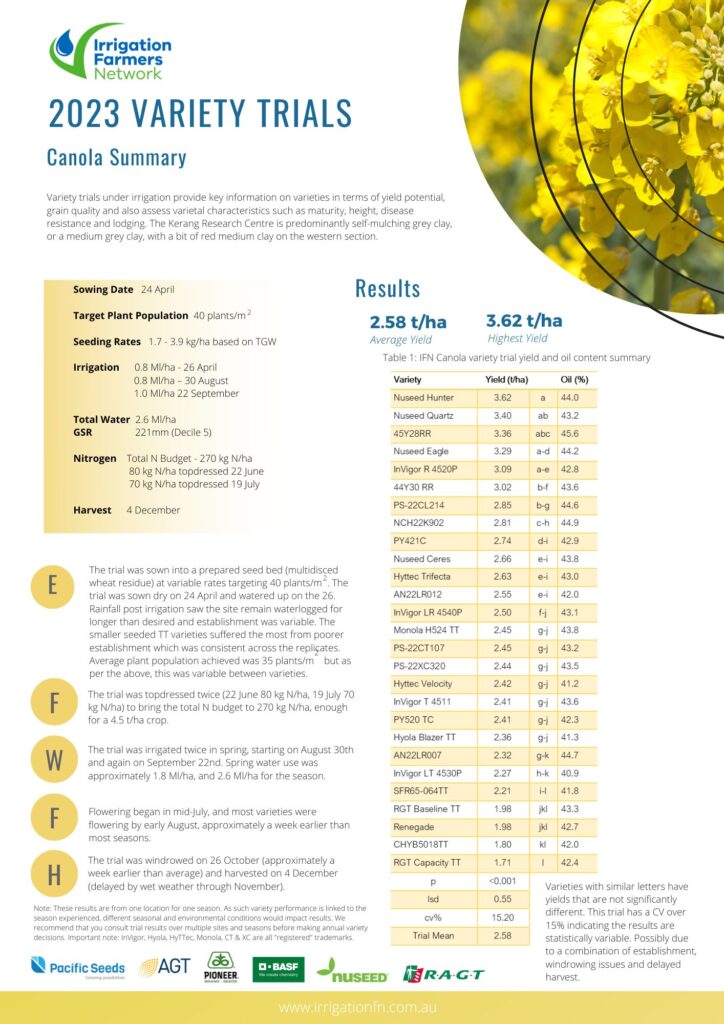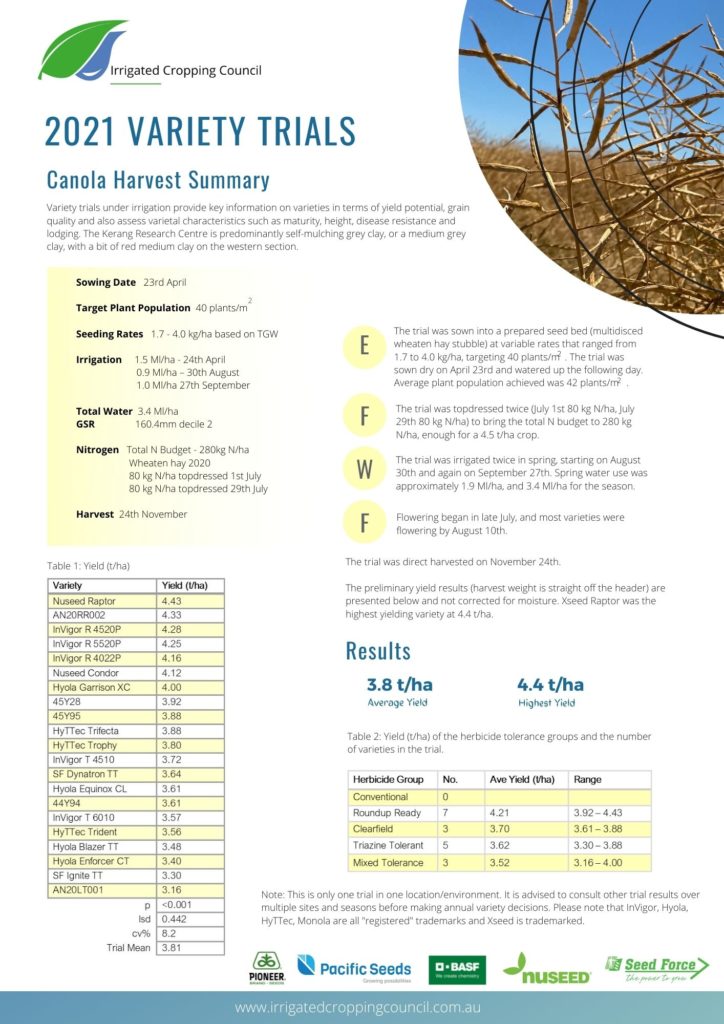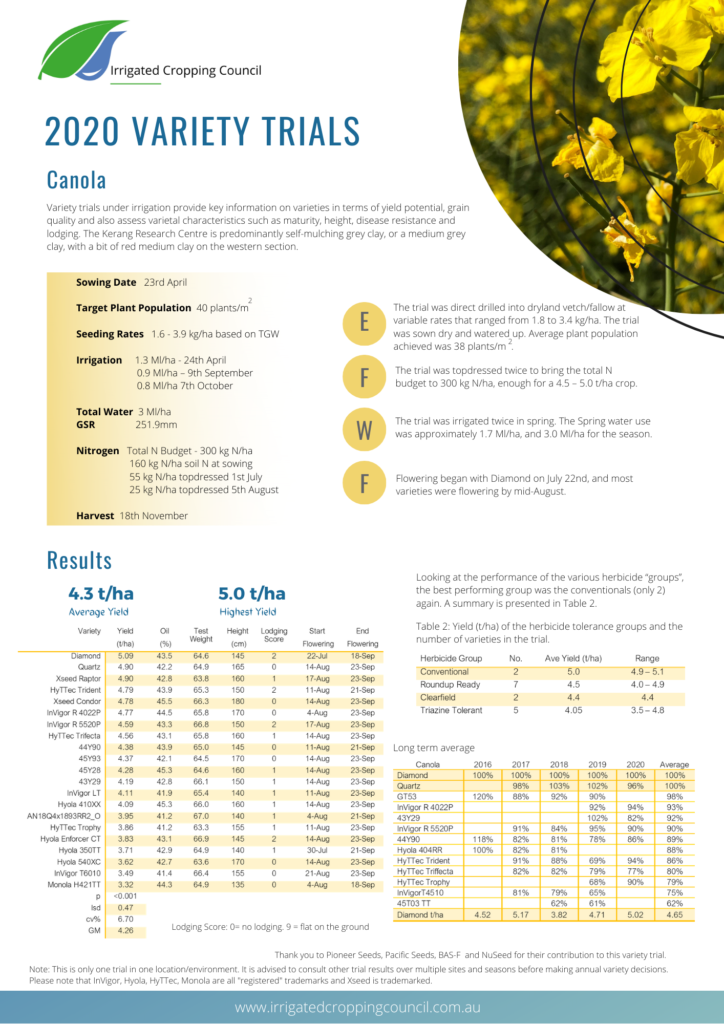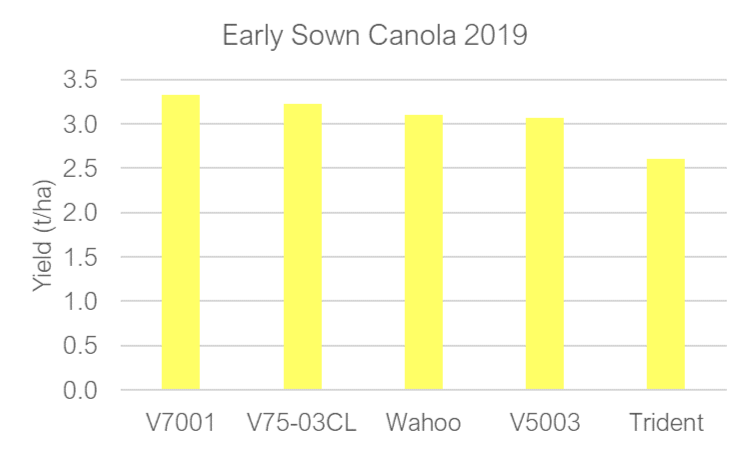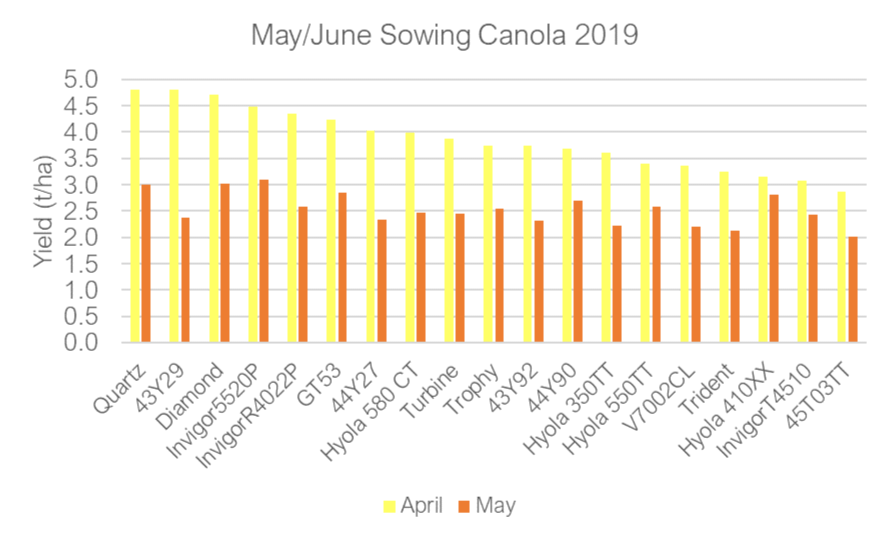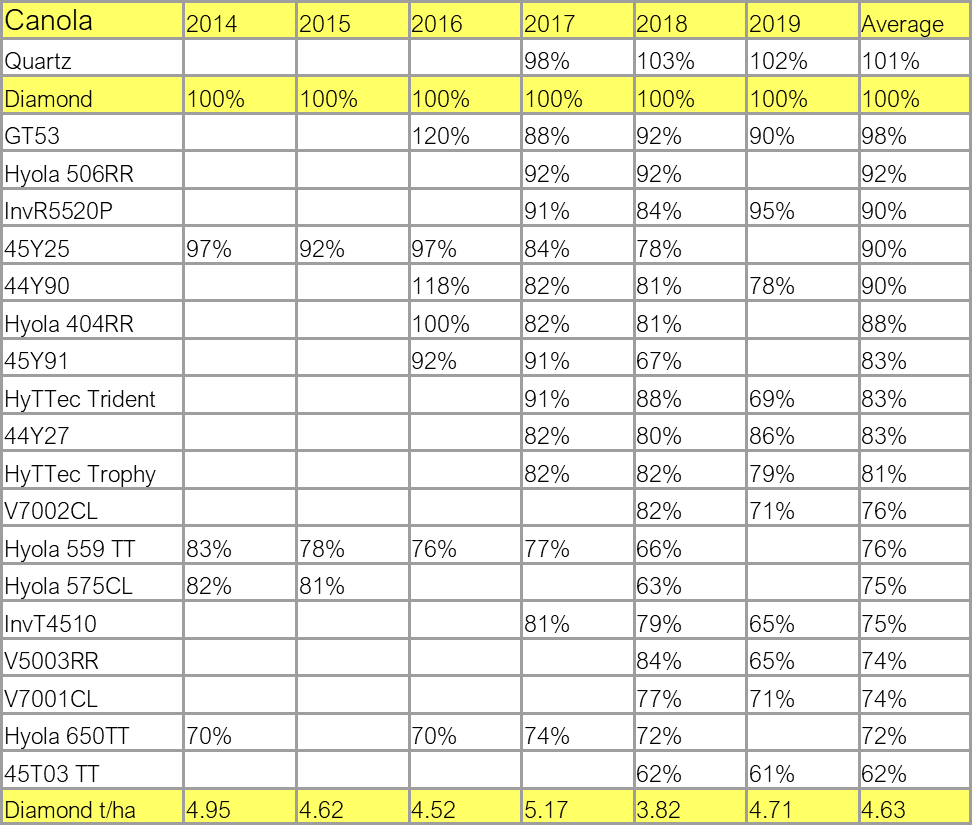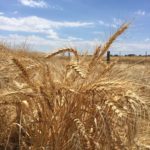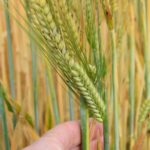2023 Variety Trial Summary
2022 Variety Trial Summary
The wet weather preceding the flooding saw infection from sclerotinia, which became apparent as the stems split open. This was the first time that sclerotinia had been recorded at the Trial Block, which started in 2002.
We made the decision not to harvest the variety trials this year as the tangled mat and shattering made it impossible for the research team to separate the plots out or gain results that would allow us to accurately assess variety performance. Instead we have included the long-term results to help you make variety decisions
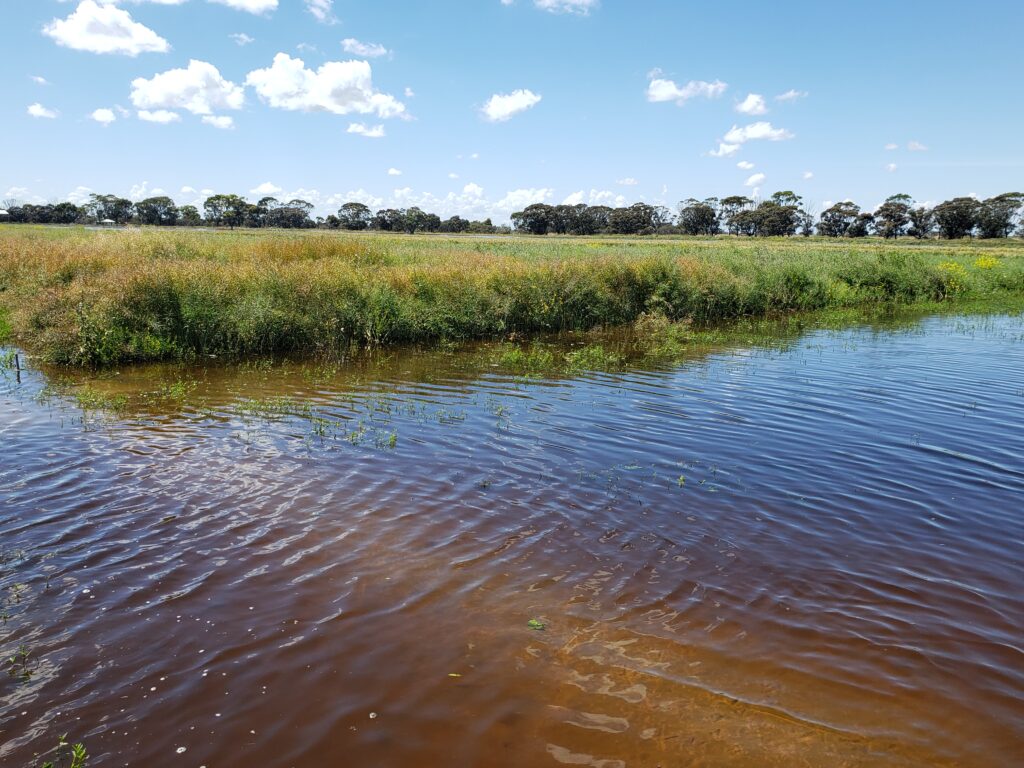
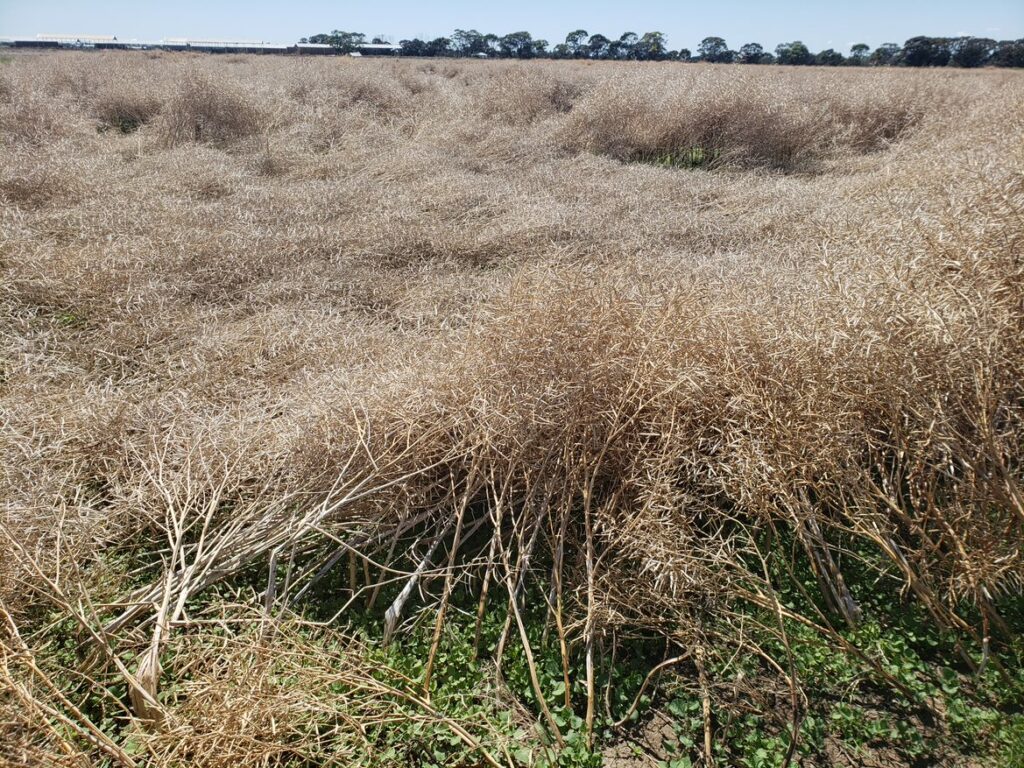

2021 Trial Summary
The trial was sown into a prepared seed bed (multidisced wheaten hay stubble) at variable rates that ranged from 1.7 to 4.0 kg/ha, targeting 40 plants/m2. The trial was sown dry on April 23rd and watered up the following day. Average plant population achieved was 42 plants/m2.
The trial was topdressed twice (July 1st 80 kg N/ha, July 29th 80 kg N/ha) to bring the total N budget to 280 kg N/ha, enough for a 4.5 t/ha crop.
Flowering began in late July, and most varieties were flowering by August 10th.
The trial was irrigated twice in spring, starting on August 30th and again on September 27th. Spring water use was approximately 1.9 Ml/ha, and 3.4 Ml/ha for the season.
The trial was direct harvested on November 24th.
The preliminary yield results (harvest weight is straight off the header) are presented below and not corrected for moisture. Xseed Raptor was the highest yielding variety at 4.4 t/ha.
This work is supported by BASF, Nuseed, Pacific Seeds and Pioneer and Seedforce.
2020 Trial Summary
The canola variety trial has 21 varieties and was sown on April 23rd and watered up on April 24th. The “best return per Ml” trial last season demonstrated the need to build canola biomass during the winter in order to achieve high yields. Above average rainfall failed to achieve this objective whereas the pre-irrigated plots did see far greater crop growth and higher yields.
Four trials were sown on April 23rd. 2 were N trials looking at rates (0-320 kg N/ha) and timing (at sowing/6 leaf/green bud/yellow bud). The other two were looking at population (sown at 20, 40, 60 and 80 seeds/m2), under sprinkler and flood irrigation.
This work is supported by BASF, Nuseed, Pacific Seeds and Pioneer.
Important Note: This is only one trial in one location/environment. it is advised that you consult other trial results over multiple sites and seasons before making annual variety decisions.
InVigor, Hyola, HyTTec, Monola are all “registered” trademarks and Xseed is trademarked.
To find out more about each variety you can access brochures on the National Variety testing website.
2020 Harvest Results
Table 1: Yield (t/ha)
Variety | Yield (t/ha) |
Diamond | 5.02 |
Quartz | 4.87 |
Xseed Raptor | 4.87 |
HyTTec Trident | 4.74 |
NCH18Q421 | 4.72 |
InVigor R 4022P | 4.70 |
HyTTec Trifecta | 4.52 |
InVigor R 5520P | 4.51 |
45Y93 | 4.34 |
44Y90 | 4.31 |
43Y29 | 4.15 |
AN20LT001 | 4.06 |
Hyola 410XX | 4.03 |
AN18Q4x1893RR2_O | 3.93 |
HyTTec Trophy | 3.86 |
Hyola Enforcer CT | 3.77 |
Hyola 350TT | 3.66 |
Hyola 540XC | 3.61 |
InVigor T6010 | 3.47 |
Monola H421TT | 3.28 |
p | <0.001 |
lsd | 0.47 |
cv% | 6.70 |
Average | 4.22 |
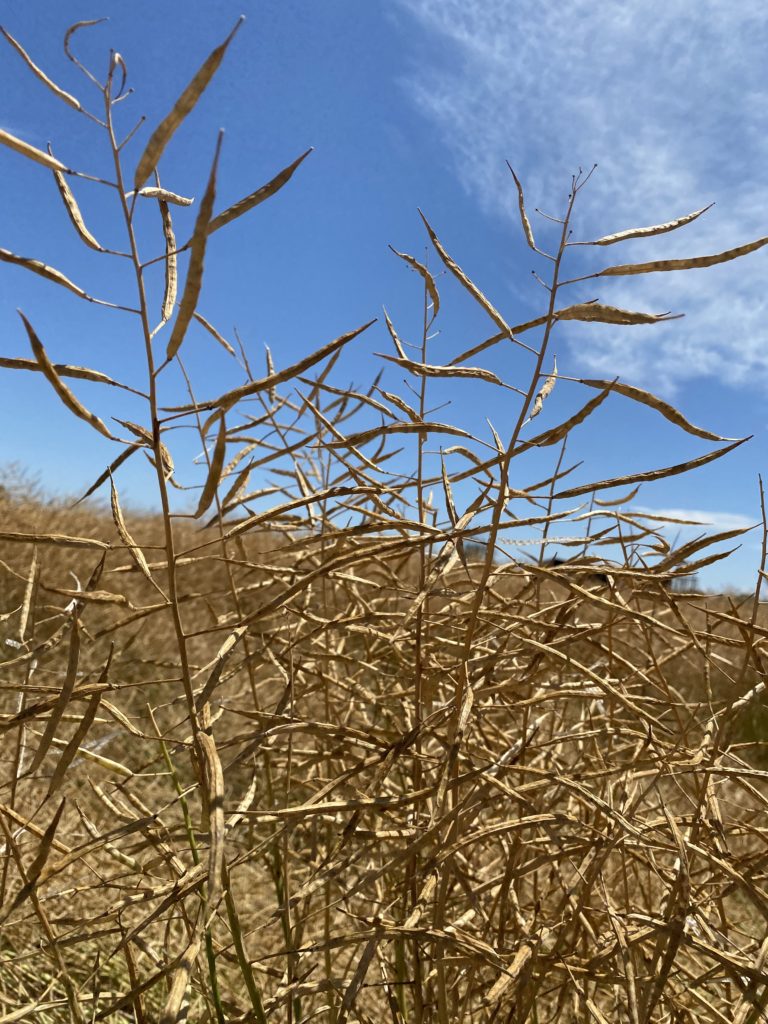
Looking at the performance of the various herbicide “groups”, the best performing group was the conventionals (only 2) again. A summary is presented in Table 2.
Table 2: Yield (t/ha) of the herbicide tolerance groups and the number of varieties in the trial.
Herbicide Group | No. | Ave Yield (t/ha) |
Conventional | 2 | 4.94 |
Roundup Ready | 7 | 4.42 |
Clearfield | 2 | 4.32 |
Triazine Tolerant | 5 | 4.05 |
2019 Results
The variety trial for 2019 effectively became a three part trial/demonstration based on sowing dates. A small selection of varieties, principally the AWB/Cargill Victory varieties and lines were sown in early April, followed by the main trial of 26 varieties and lines on April 24th. Both trials were watered up, but rainfall a week after sowing of the main trial resulted in poor establishment and the decision was made to resow 1 replicate on May 20th.
The early and main trials/demonstrations were windrowed on October 31st and harvested on November 18th. The late sowing was direct headed on November 20th.
The early sown trial had an average yield of 3.1 t/ha. The second sowing averaged 3.7 t/ha and the later May sowing averaged 2.5 t/ha

